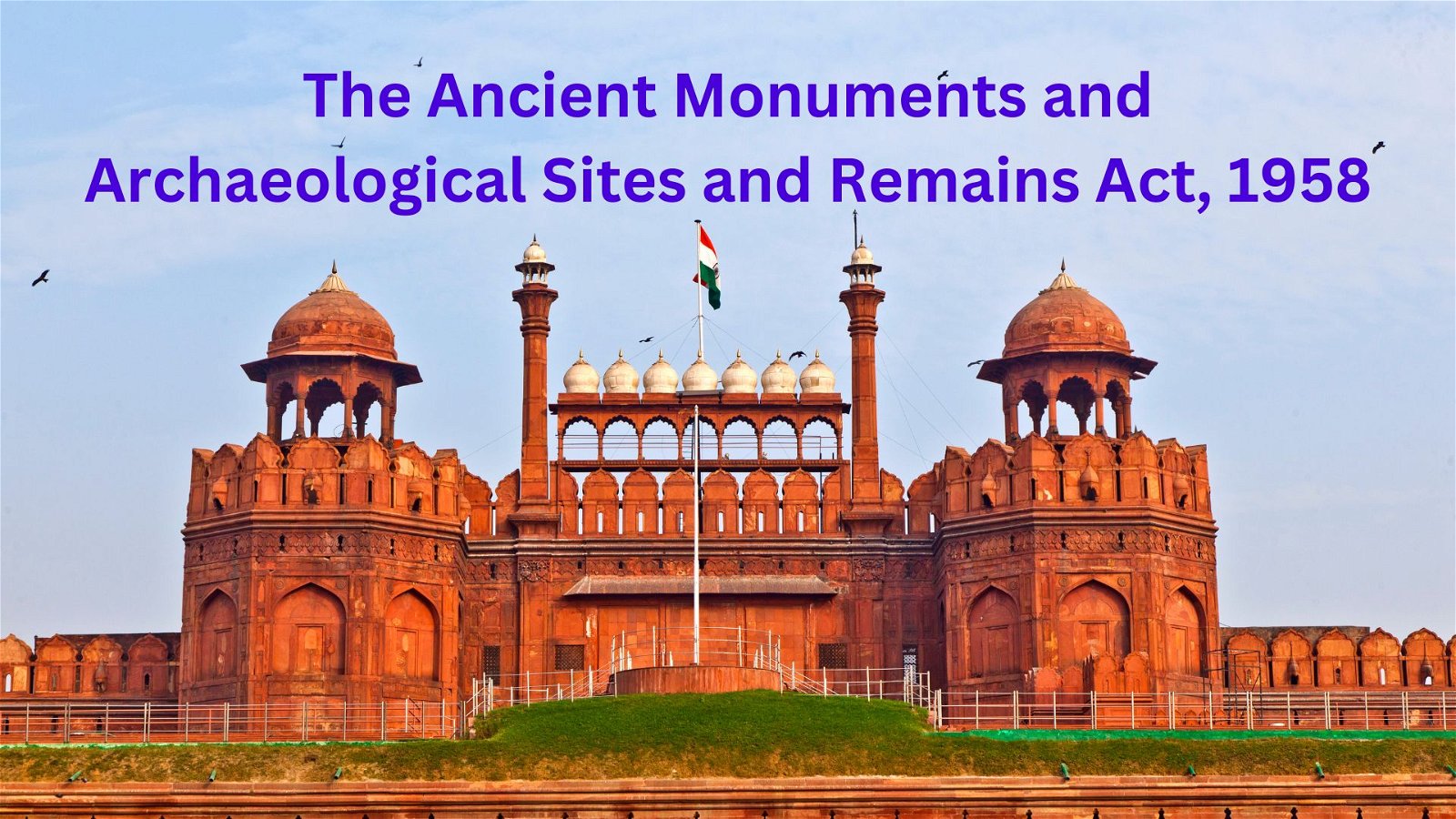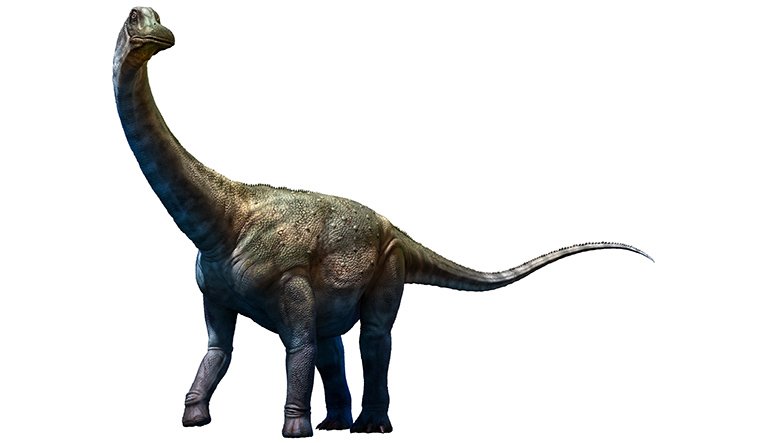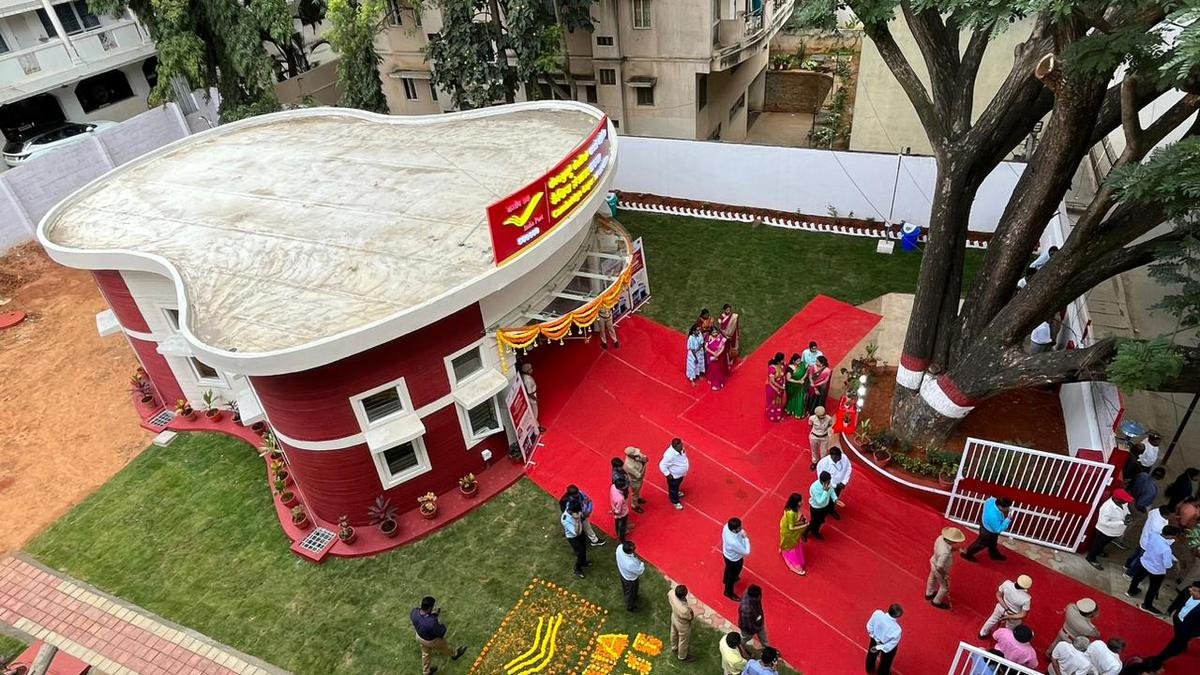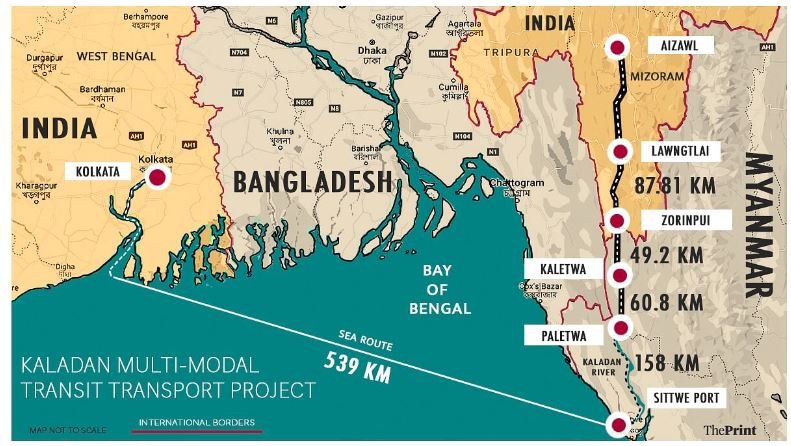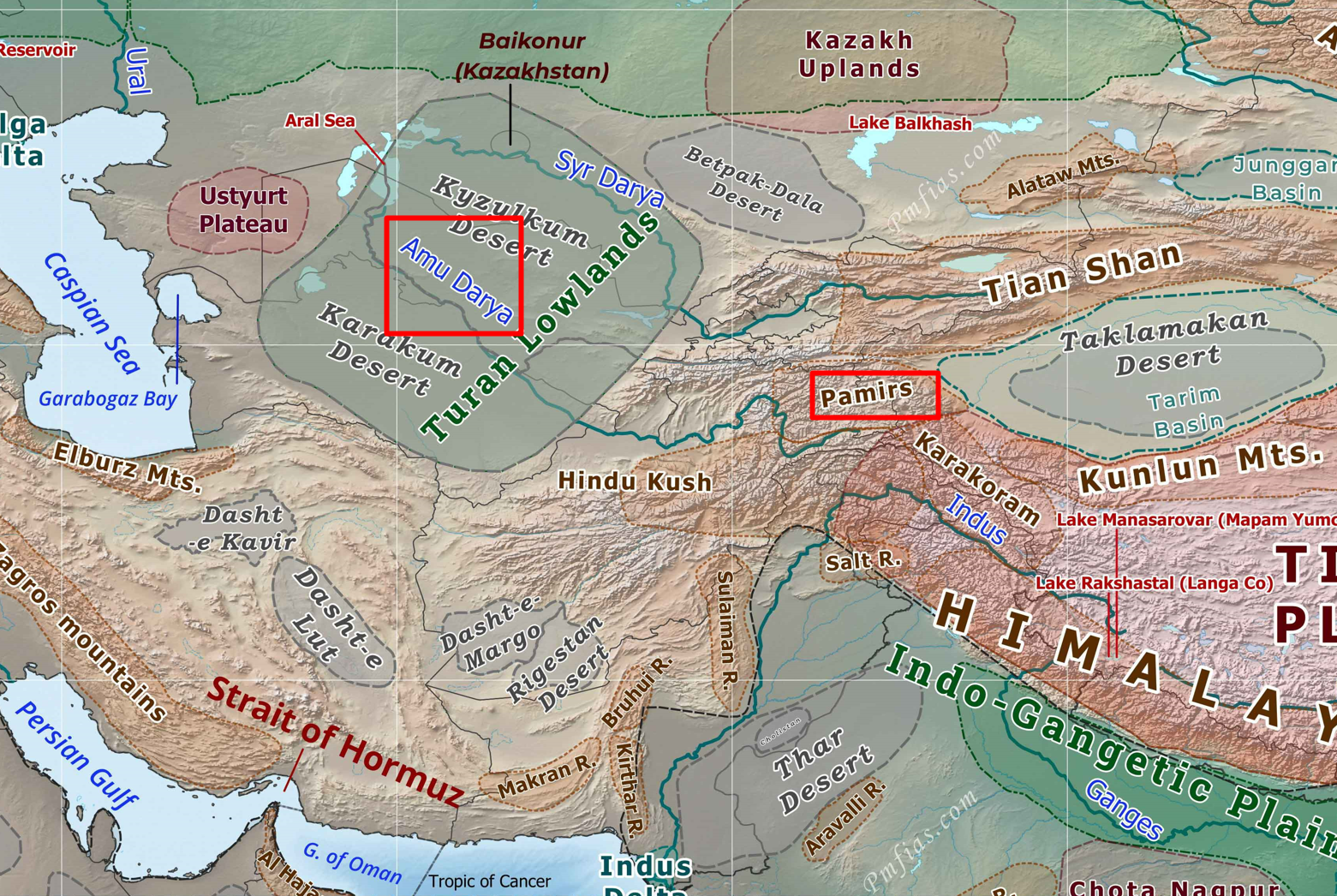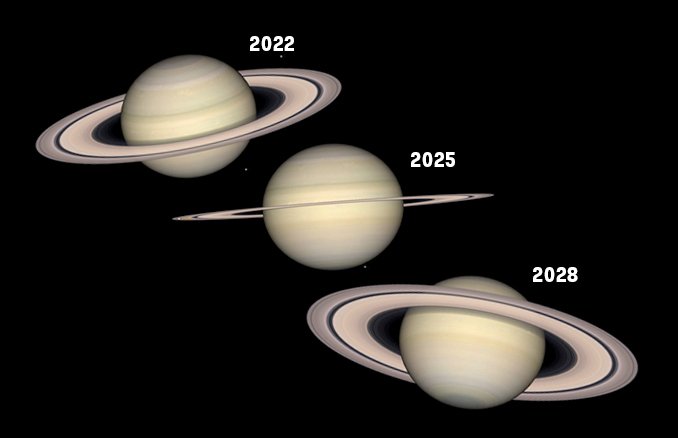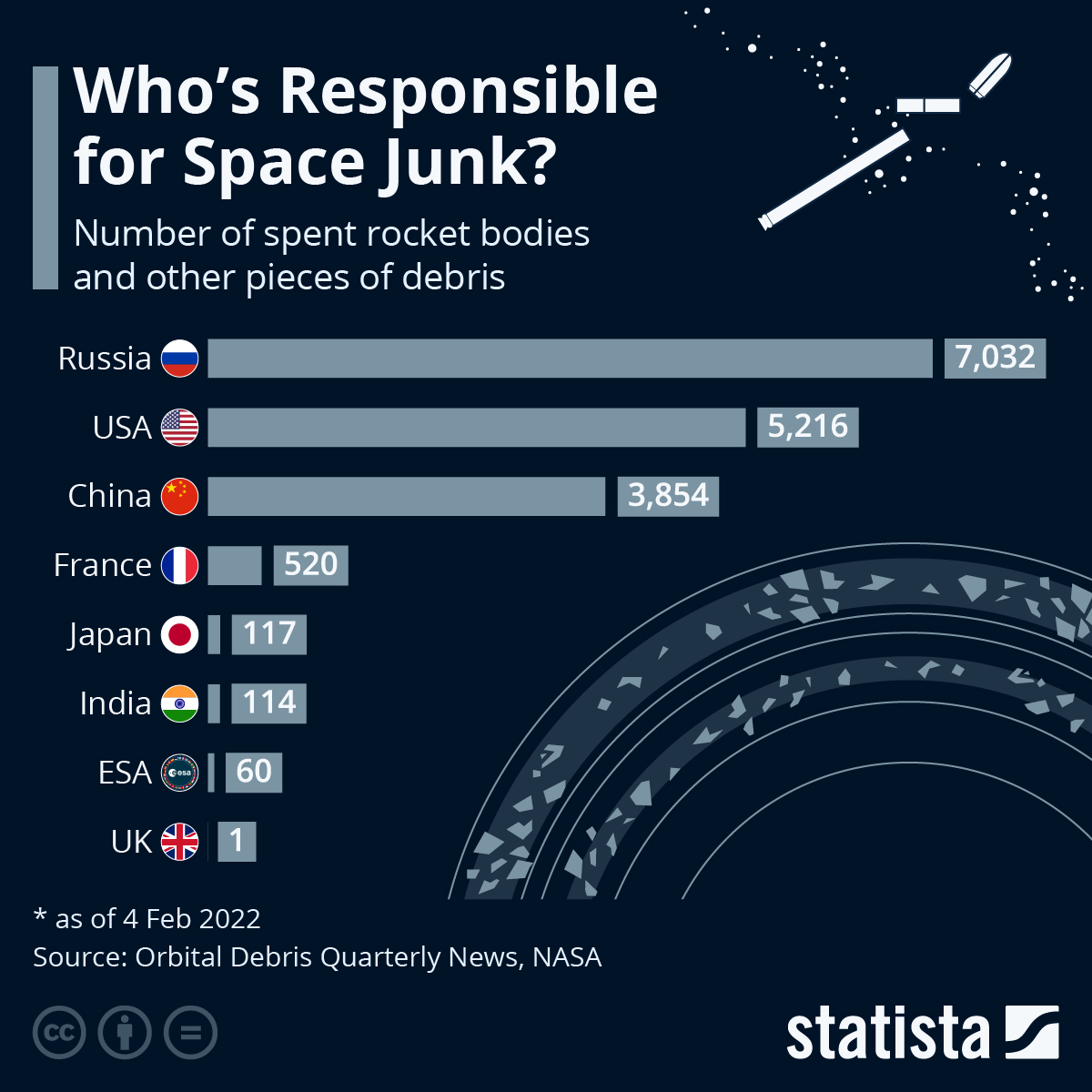
Current Affairs July 22, 2023: Chandrayaan Programme, Soft Landing, Lunar South Pole, Polar Regions of The Moon
Subscribers of "Current Affairs" course can Download Daily Current Affairs in PDF/DOC
Subscribe to Never Miss an Important Update! Assured Discounts on New Products!
Must Join PMF IAS Telegram Channel & PMF IAS History Telegram Channel
{GS3 – S&T – ISRO – 2023/07/22} Chandrayaan Programme
- Context (IE | TH | IE | IE | IE | IE): Chandrayaan-3, India’s third lunar mission and second attempt to soft-land on the Moon, was launched from the Satish Dhawan Space Center (SDSC) in Sriharikota.
- Chandrayaan (Indian Lunar Exploration Programme) is a series of lunar space missions by ISRO.
Chandrayaan-1

- Chandrayaan-1 is India’s first mission to the moon, launched by the ISRO in 2008.
- It was launched using the Polar Satellite Launch Vehicle (PSLV).
- It was primarily an orbiter mission. After its launch, it entered the lunar orbit and began circling the Moon to study its surface and gather data.
- The mission also had an impact probe named Moon Impact Probe (MIP), which separated from the orbiter and made a controlled crash landing on the lunar surface near the south pole.
Findings
- Confirmed the presence of water in lunar soil.
- Detected titanium, calcium, iron, aluminium and magnesium on the moon.
- Evidence of lunar caves formed by an ancient lunar lava flow.
- Past tectonic activity on the lunar surface.
Chandrayaan-2
- Chandrayaan-2 is India’s second mission to the moon.
- It comprised a fully indigenous Orbiter, Lander (Vikram) and Rover (Pragyan).
- It was launched using the Launch Vehicle Mark-III (LVM3) or GSLV Mark III rocket.
- It targeted the South Polar region of the moon which was completely unexplored.
- Aim: to trace the location and abundance of lunar water.
Findings
- Chandrayaan-2 confirmed the findings of Chandrayaan-1.
- Vikram Lander (carrying the Rover), attempting soft-landing, crashed on the moon’s surface.

Chandrayaan-3 (LVM3-M4)
- Chandrayaan-3 mission is a follow-up of Chandrayaan-2.
- Mission life: One Lunar day, i.e., 14 Earth days. [Moon takes around 28 earth days to complete one rotation on its axis (and one revolution around the earth)].
- It consists of an indigenous Lander module (Vikram), Propulsion module, and a Rover (Pragyan).
- It was launched using the Launch Vehicle Mark-III (LVM3) or GSLV Mark III rocket.
- The Chandrayaan-3 will be powered by solid fuel, liquid fuel, and cryogenic fuel engines.
Aims
- To demonstrate India’s ability of soft landing on Lunar Surface
- To demonstrate Rover roving on the moon
- To conduct in-situ scientific experiments
- If the soft landing succeeds, India will become the fourth country in the world to have achieved this after the United States, Russia, and China.
|
Payloads
Lander Payloads
- Chandra’s Surface Thermophysical Experiment (ChaSTE) designed to measure the thermal properties of the lunar regolith near the polar region.
- RAMBHA Langmuir Probe for measuring near-surface plasma density and how it changes with time.
- Instrument for Lunar Seismic Activity (ILSA).
- LASER Retroreflector Array (LRA), a passive experiment to understand the dynamics of the moon.
|
Rover Payloads
- LASER Induced Breakdown Spectroscope (LIBS) to study the chemical and mineralogical composition of the lunar surface.
- Alpha Particle X-ray Spectrometer (APXS) to measure the elemental composition of the lunar soil and rocks.
Propulsion Module Payload
- Spectro-polarimetry of HAbitable Planet Earth (SHAPE), which will study Earth from lunar orbit.
How the Chandrayaan-3 Lander will Reach the Moon?
- Initially, the Chandrayaan-3 will be launched into an an Elliptic Parking Orbit (EPO) around the Earth at an altitude of 179 km.
- Then the spacecraft will gradually increase its orbit in a series of manoeuvres to escape the Earth’s gravity and slingshot towards the moon.
- After reaching close to the moon, the spacecraft will be captured by moon’s gravity.
- A series of manoeuvres will reduce the orbit of the spacecraft to a 100×100 km circular one.
- Thereafter, the lander, which carries the rover inside it, will separate from the propulsion module and start its descent towards the moon’s surface.
- The lander will land at the lunar dawn — the rover and lander cannot survive the extreme drop in temperatures during lunar nights, which is why they are being landed at dawn.
|
- This whole process will take around 42 days.
- The lander/rover have a life of one lunar day, i.e., 14 earth days. The orbiter will countinue exploring.
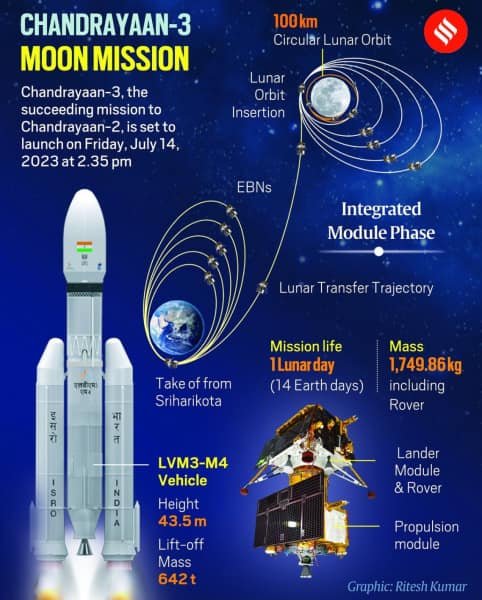
For graphical understanding > Chandrayaan 3 Mission 3D Animation
Launch Vehicle of Chandrayaan-3 Mission
- Chandrayaan-3 is lauched using Launch Vehicle Mark-III (LVM3 – three stage launching system).

- LVM3 is the heaviest launch vehicle of ISRO.
- Previously it was known as the Geosynchronous Satellite Launch Vehicle Mark III (GSLV Mk III).
- It was renamed as LVM3 after it successfully transferred satellites into Low Earth Orbit (LEO) in LVM3-M2 mission.
- Earlier GSLV Mk III only used to place satellites into Geosynchronous Transfer Orbit (GTO) and GEO (Geosynchronous Orbit)
|
||||||||||||||||||||||||
Why to Explore the Lunar South Pole?
- Due to their rugged environment, the polar regions of the Moon have remained unexplored.
- There are indications of the presence of ice molecules in substantial amounts in the deep craters in this region (Chandrayaan-1 mission indicated the presence of water on the lunar surface).
- Extremely cold temperatures here mean that anything trapped in this region would remain frozen in time, without undergoing much change. Therefore, the rocks and soil in Moon’s north and south poles could provide clues to the early Solar System.
Why hasn’t Any Spacecraft Ever Landed near the Lunar South Pole?
- All the landings on the Moon so far have happened in the equatorial region.
- Even China’s Change 4, which is the first spacecraft to land on the far side of the moon (the side that does not face the earth) landed near the 45° latitude.
Hospitable Equatorial Regions
- The equatorial region is chosen because the terrain and temperature are more hospitable and conducive for a long and sustained operation of instruments.
- The surface here is even, very steep slopes are almost absent, and there are fewer hills/craters.
- Sunlight is present in abundance, at least on the side facing the earth, thus offering a regular supply of energy to solar-powered instruments.
Harsh Polar Regions

- The polar regions of the Moon are not very conducive for lunar landings because many parts lie in a completely dark region (where sunlight never reaches), and temperatures can go below 230°C.
- Lack of sunlight and extremely low temperatures create difficulty in the operation of instruments.
- Moreover, there are large craters all over the place, ranging from a few centimetres to several thousands of kilometres in size (e.g., Shackleton, Aitken etc.).
Why Some Parts of the Lunar Polar Regions don’t Receive Any Sunlight?
|
Why Satish Dhawan Space Centre (SDSC) is Chosen for the Launch of Chandrayaan-3?
- SDSC is located in Sriharikota, an island on the east coast of Andhra Pradesh.
- The SDSC is the country’s only spaceport from where spacecraft and satellites are launched.
- The primary reasons for selecting SDSC as the launch site are:
- It is located on the east coast which facilitates the launching of the rockets in an easterly direction. By launching a rocket eastwards, one can take advantage of Earth’s rotation.
- Its proximity to the equator: For a launch site close to equator the magnitude of the velocity imparted due to Earth’s rotation is about 450 m/s (added push by the earth’s rotation).
- It was a largely uninhabited area and closer to the sea on the east coast. So the impact of separated rocket hardware can take place on the high seas without any constraints.

Different Kinds of Moon Missions Launched So FarFlybys
Orbiters
Impact Missions
Landers
Rovers
Human Missions
|




![PMF IAS Environment for UPSC 2022-23 [paperback] PMF IAS [Nov 30, 2021]…](https://pmfias.b-cdn.net/wp-content/uploads/2024/04/pmfiasenvironmentforupsc2022-23paperbackpmfiasnov302021.jpg)
